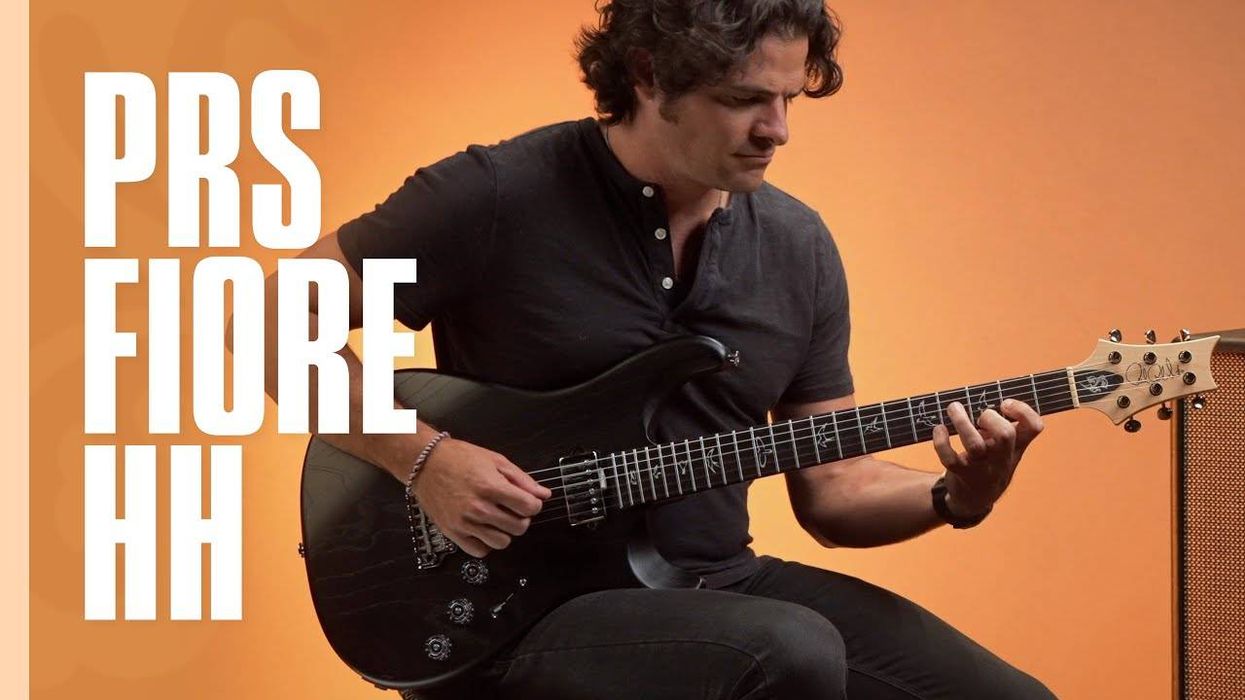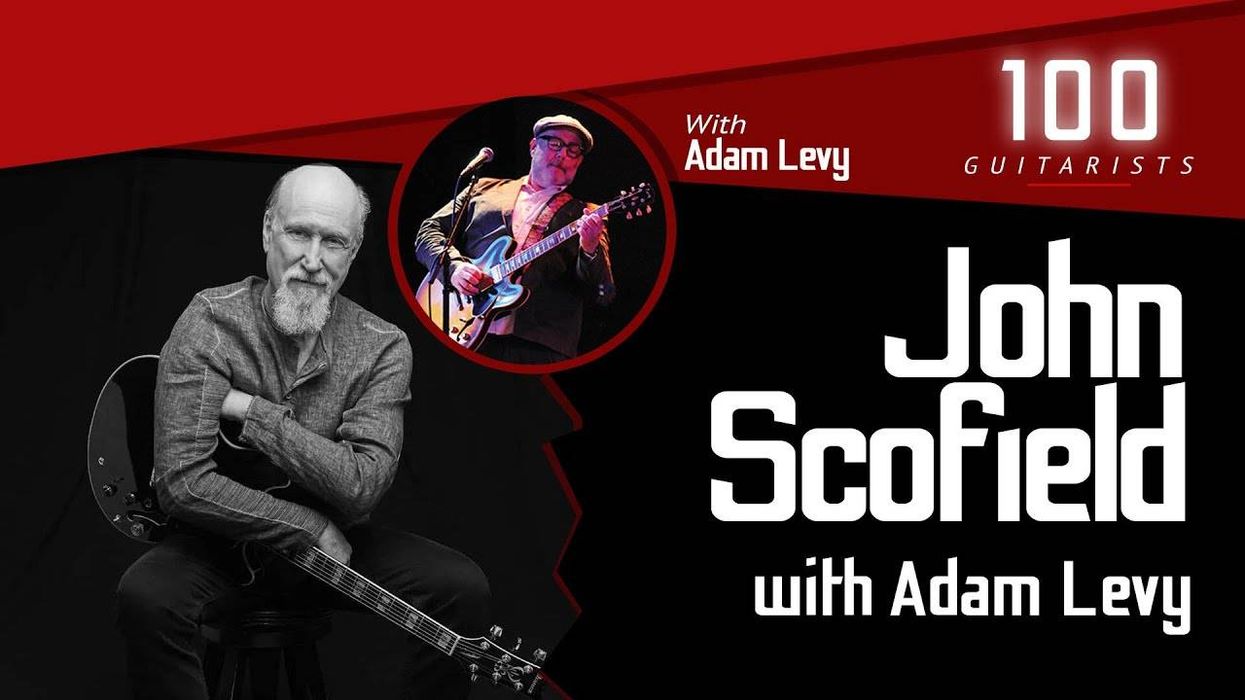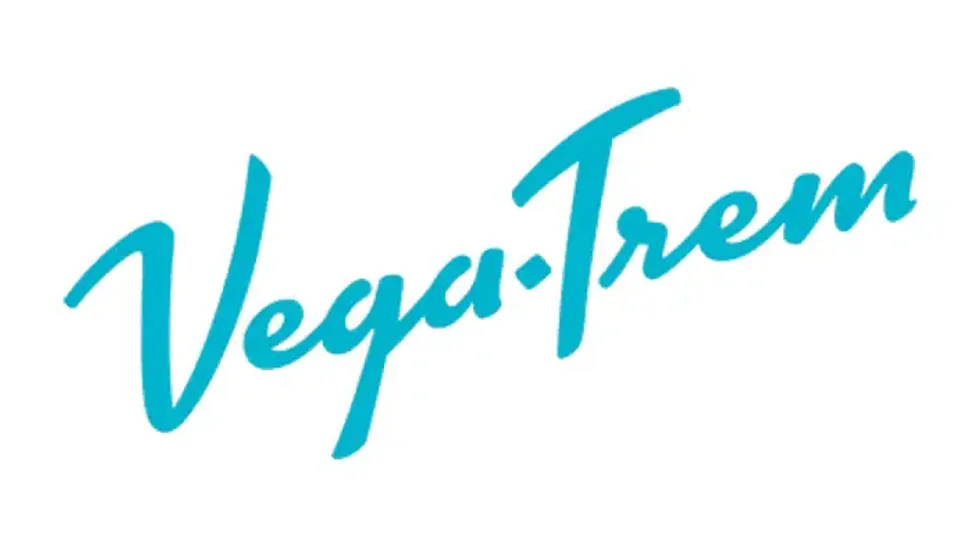This time on Before Your Very Ears, hosts Sean Watkins and Peter Harper give love a chance. Helping them learn the ways of love is Nick Thune, comedian and musician, who spearheads the songwriting session—but not before sharing some of the best bird-related jokes you’ll ever hear.
The trio settles on a Steve Jobs-ish strategy of starting with the finished product, and working their way backwards. The end goal in this case? A love song, but a different kind of love song. The objective prompts interesting discussions: What’s a typical love song, and therefore what will make for an atypical love song? Romantic ballads are usually filled with rose-colored reflections and sweet sentiment, and this one isn’t too different, but there’s one key thing missing: a love interest.
That doesn’t stop the song’s protagonist, whose hunt for love unspools over a verse that eventually slows to a speak-singing 6/8 sway, and a radio-ready power-pop chorus. If you’ve ever wondered how to write a classic love song, well… look elsewhere. But if you’re keen on figuring out how to write a memorable, distinct one, this is your episode.
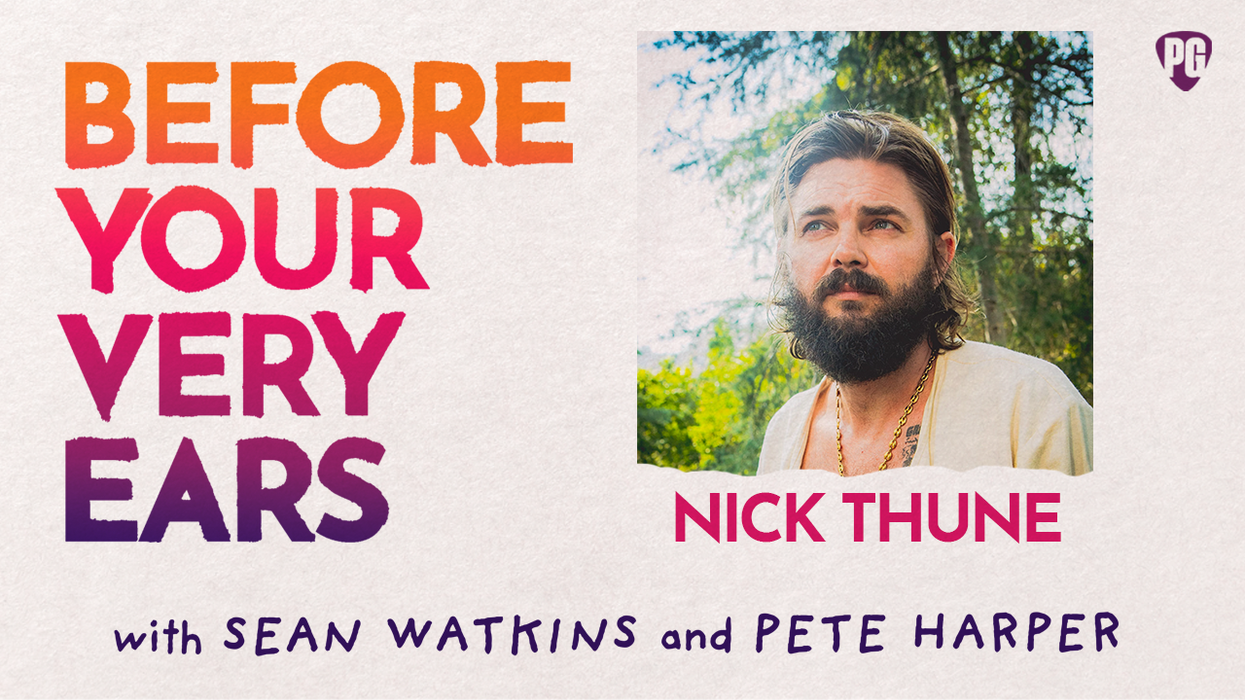

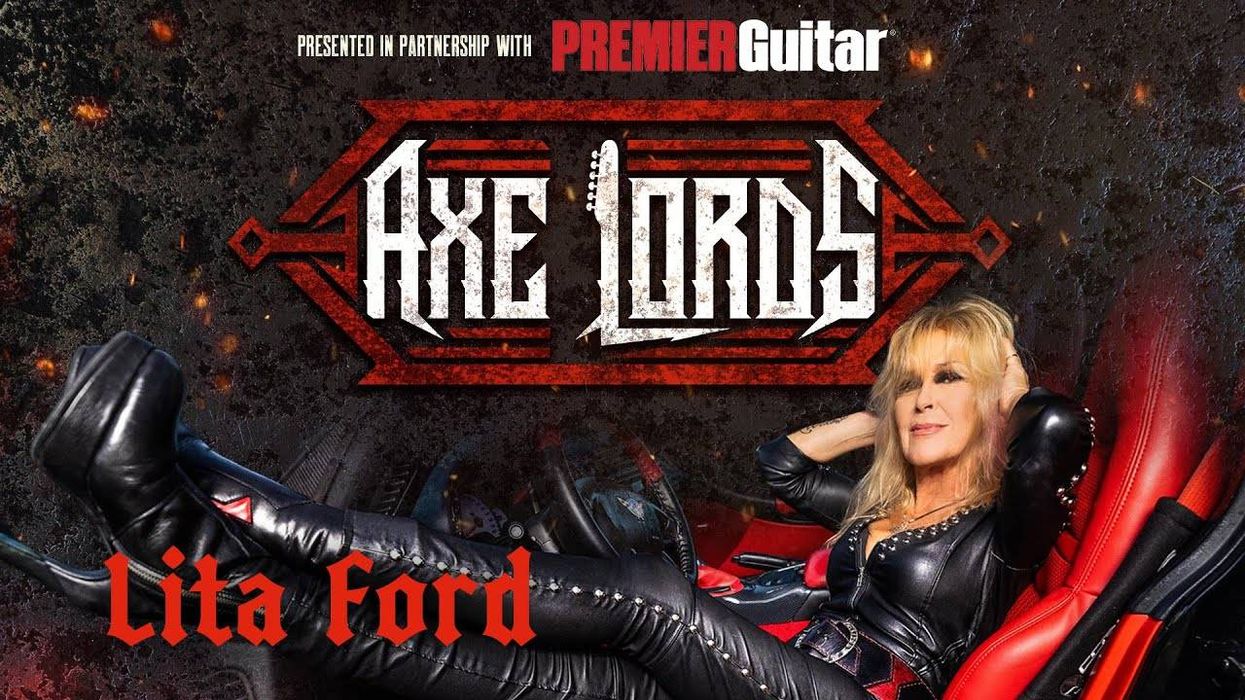
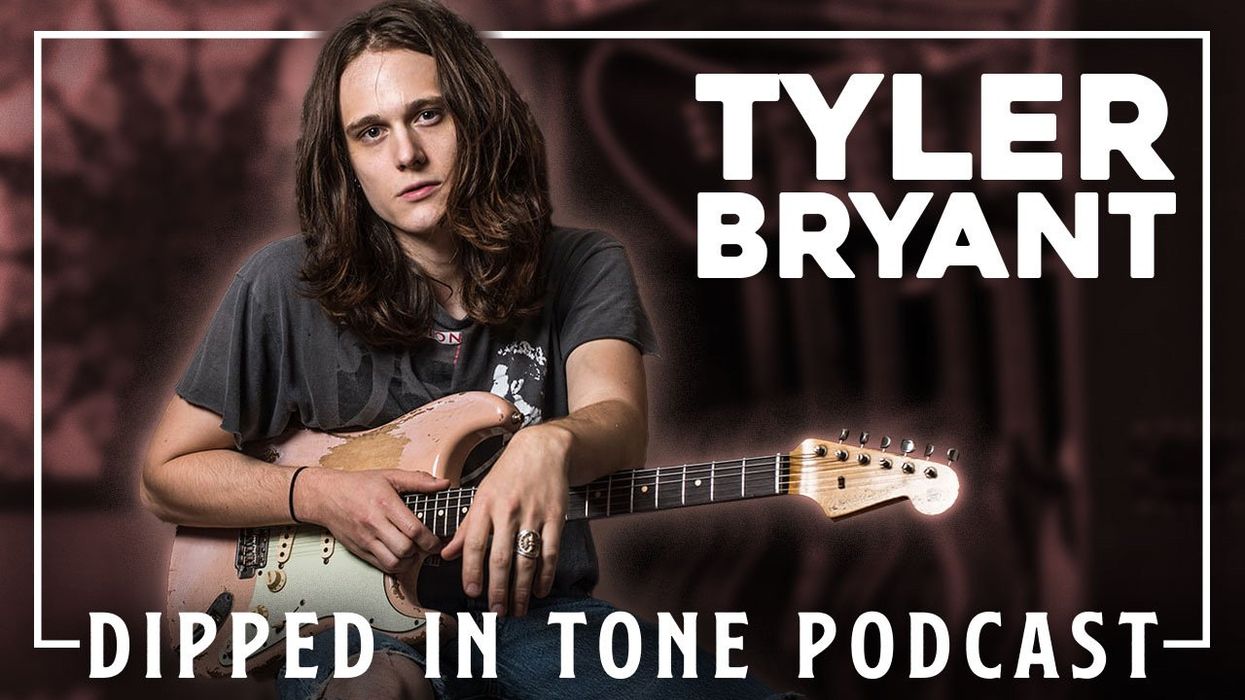
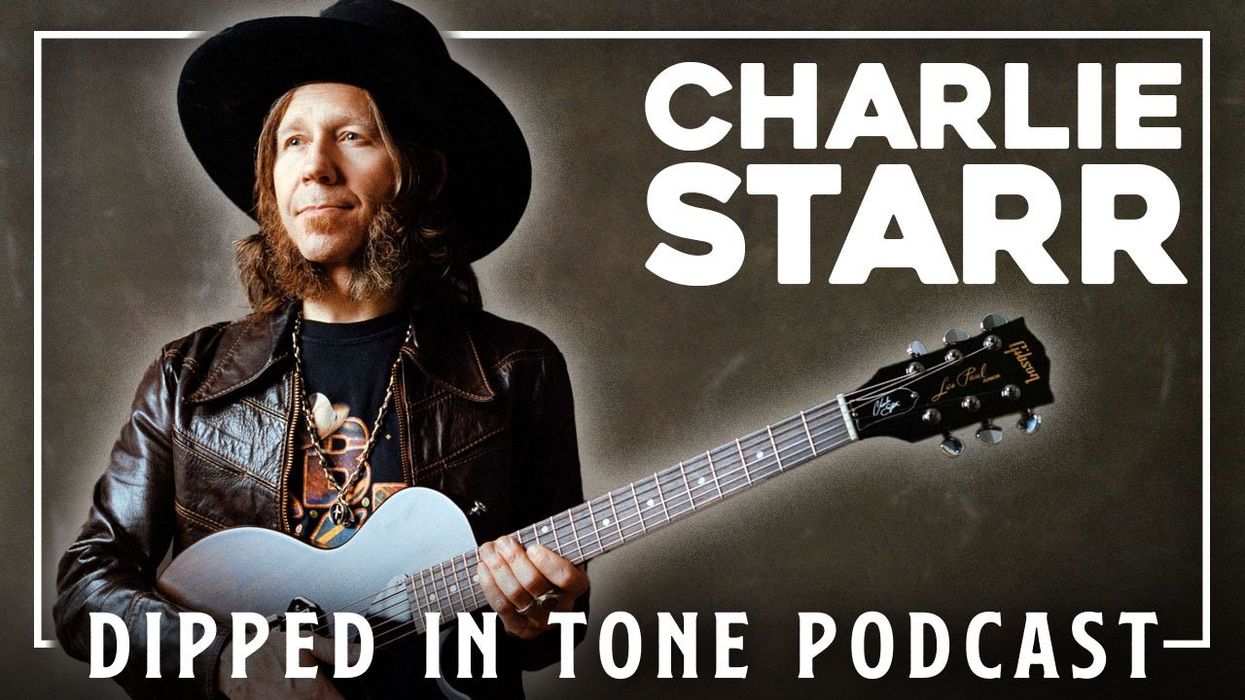

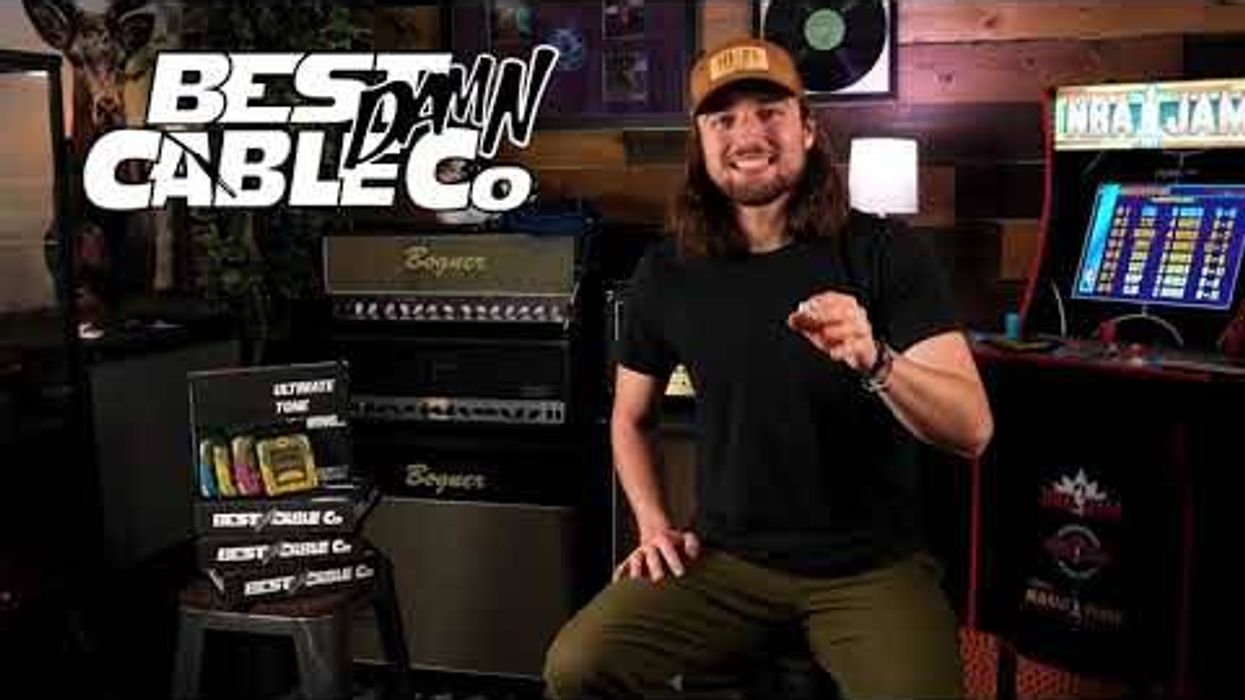


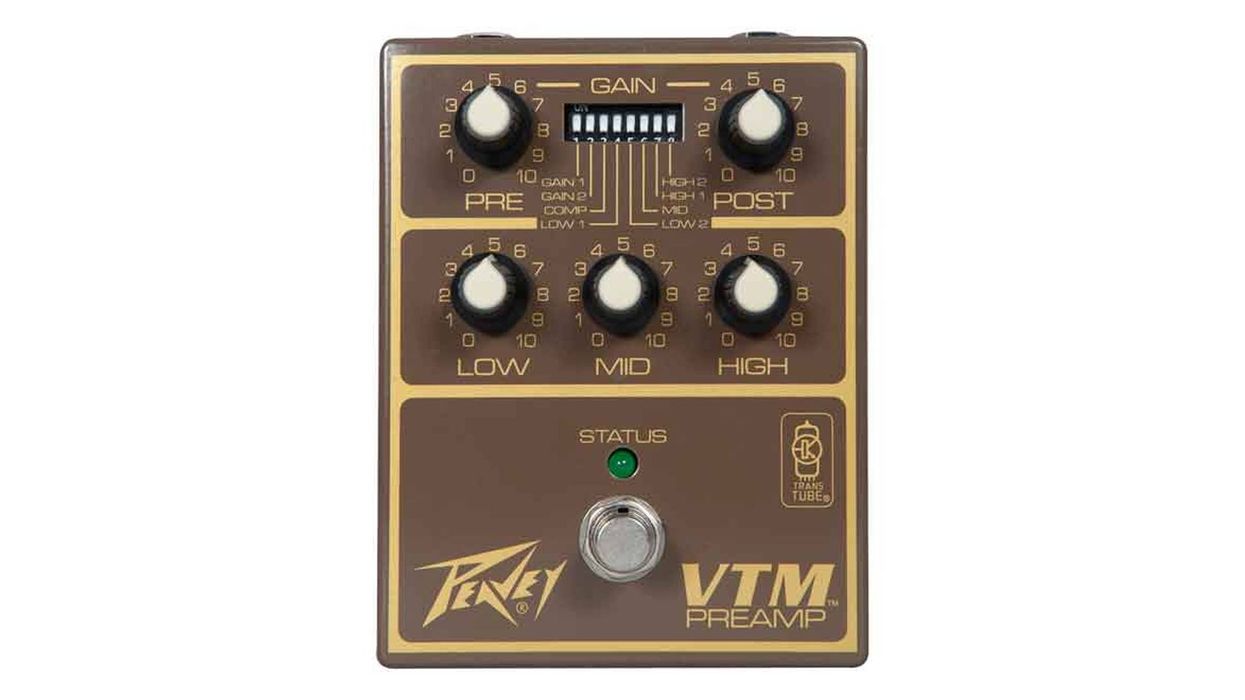
![Rig Rundown: AFI [2025]](https://www.premierguitar.com/media-library/youtube.jpg?id=62064741&width=1245&height=700&quality=70&coordinates=0%2C0%2C0%2C0)
